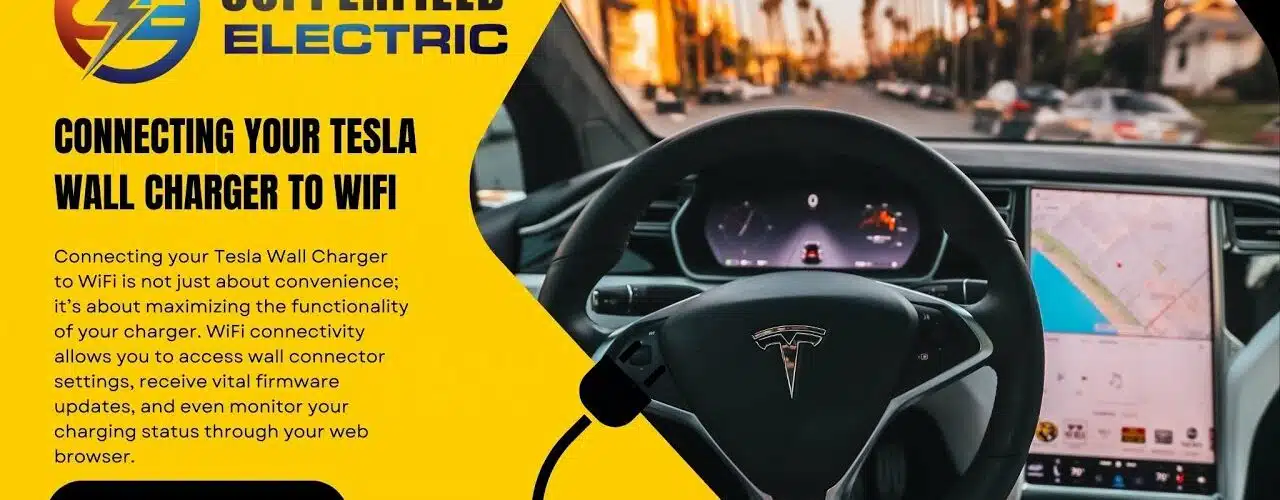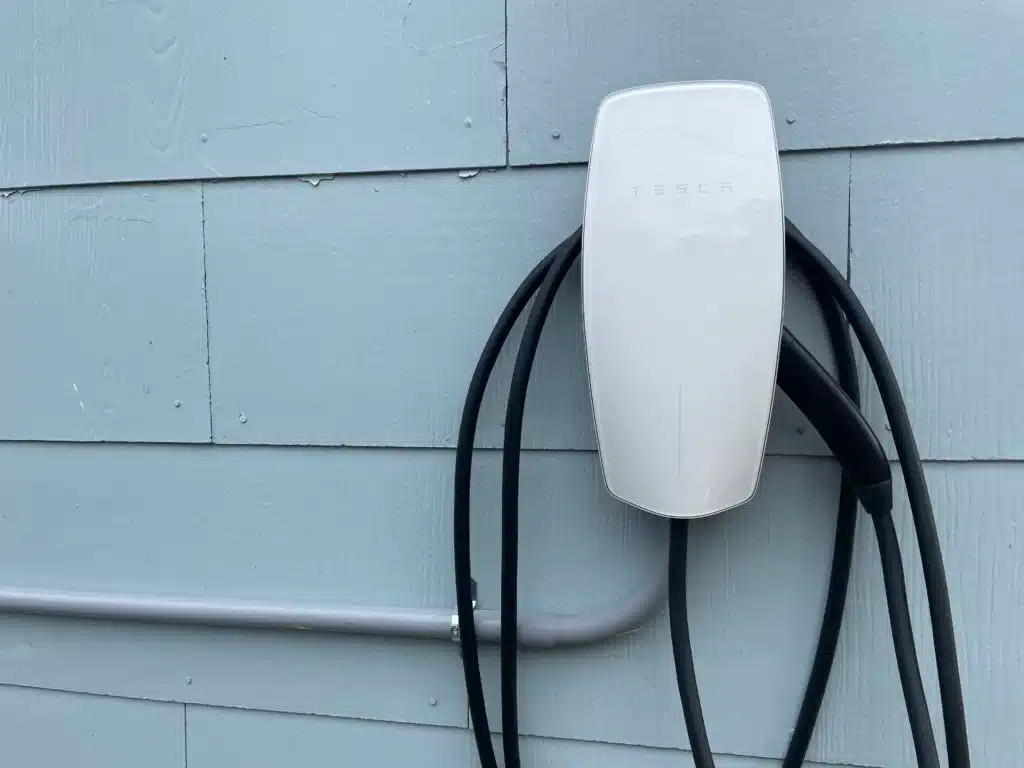Table of Contents
How To Connect Tesla Wall Charger To WiFi For Smarter Charging?
How To Connect Tesla Wall Charger To WiFi? Connect your Tesla Wall Charger to Wi-Fi for smarter charging. The Wi-Fi connection allows you to manage your custom or default off-peak charging schedule.
You’ll also receive firmware updates to make your charger better over time. This process is completed during the commissioning and setup process in the Tesla app.
1. Turn on the Wall Charger:
If you have an electric vehicle with a Wall Connector, use the Tesla app to control and monitor your charging. It will show you real-time charging data and your 12 months of charge history. You can also manage your charge schedule and set up off-peak charging times. You can even customize the maximum charging amperage to match your vehicle.
To register your Wall Connector, follow the in-app steps. You will need to have your Quickstart Guide and home Wi-Fi network password handy. You can use the Diagnose button if you have lost your Quickstart Guide or can’t get it to open. Be sure to have your Wall Connector part number and serial number available, along with your Phone number and email address.
Note: The Wall Connector is compatible with most electric vehicles, including non-Tesla models. If you are using a non-Tesla model, check your vehicle manufacturer’s guidance to ensure that it can accept the 11.5 kW / 48 amp output of the Wall Connector.
The Wi-Fi connection to the Wall Charger provides internet access for Tesla Over-the-Air updates, so you must choose a strong, secure WiFi password. You should also disable any guest network restrictions on your home WiFi, such as MAC address filtering. You may also need to change the Wi-Fi channel if the connection is intermittent.
2. Scan the QR code on the Quick Start Guide:
If you have a Tesla Wall Connector that needs to be configured and connected to your home Wi-Fi, follow these steps. It’s important to connect the Wall Charger to a local WiFi network for device setup and to allow for firmware updates.
Using your smartphone camera, scan the QR code on the Quick Start Guide that came with your Wall Charger. This QR code will connect you to the Wall Connector’s wireless network, which is named TeslaWallConnector_XXXXXX. Once the connection is established, a Wi-Fi password will be required to access the internet. This 12-digit password can be found on the front of the Quick Start Guide or you can use this support page to generate a new QR code and password for your Wall Charger.
After you’ve connected to the Wall Connector’s WiFi network, open your Tesla app and select the option “Connect a charger”. You will then be prompted to enter your circuit breaker rating and output amperage. After entering this information, your Wall Connector will begin to configure.
It may take up to 15 minutes for the Wall Charger to complete the configuration and be ready to charge your vehicle. During this time, you will see a red blinking light. If the red blinking light persists, please contact Tesla Support.
3. Connect to the Wall Charger’s Wi-Fi:
Until now, Tesla owners who had the home EV charging solution installed could only use it to charge their vehicles. It didn’t integrate with the Tesla app to provide access to schedules, data, and other features. That changed last month with the launch of a new universal wall charger option with an integrated J1772 plug. Now, all owners can add their home EV charging stations to the Tesla app, regardless of whether they own a Tesla vehicle or not.
The new functionality is only available in a limited pilot release at the moment. Also, it’s only available for the latest generation of Wall Connector (Gen 3).
It requires an ethernet connection to the home Wi-Fi network to register and update the Wall Charger. Users must also keep the circuit breaker panel closed to complete this process. Once done the Wall Charger will display a green pulsed LED and broadcast its own Wi-Fi signal with the name TeslaWallConnector_XXXXXX. It should remain connected to the Wi-Fi for about 15 minutes.
If the connection isn’t successful, check the ethernet cable for any loose connections or damage. Also, check for any firewall or guest network restrictions on the home Wi-Fi router that may be preventing registration or syncing. If problems persist, contact your home Wi-Fi service provider for support.
4. Register the Wall Charger:
If you’re experiencing issues with your new Tesla Wall Charger, it’s best to connect it to Wi-Fi and follow the steps in the Quick Start Guide to commission and register your charger. This will help you troubleshoot any connectivity issues and ensure that your charger receives the latest firmware updates to offer the most up-to-date features.
Once registered, your Wall Charger will appear in the Tesla app and you’ll be able to see real-time charging status as well as charge history for the past 12 months. You can also manage your custom or off-peak charge schedule and view charging statistics. If you’re in an area with time-of-use or surge electricity rates, you can create a charging schedule to take advantage of lower, overnight utility pricing.
The Tesla app also offers a ‘Boost’ feature that allows you to bypass your current charge schedule for an instant charge if needed. However, you should be aware that if you forget to turn your schedule back on after an unscheduled charge, you could overpay for your energy usage.
Although the Wall Charger is a great solution for any home, it’s important to keep in mind that the device doesn’t offer any integration with other smart home devices or energy management systems like solar panels. That said, you can install two of them together to create a Powerwall system and benefit from the potential for energy backup and storage.






Add comment